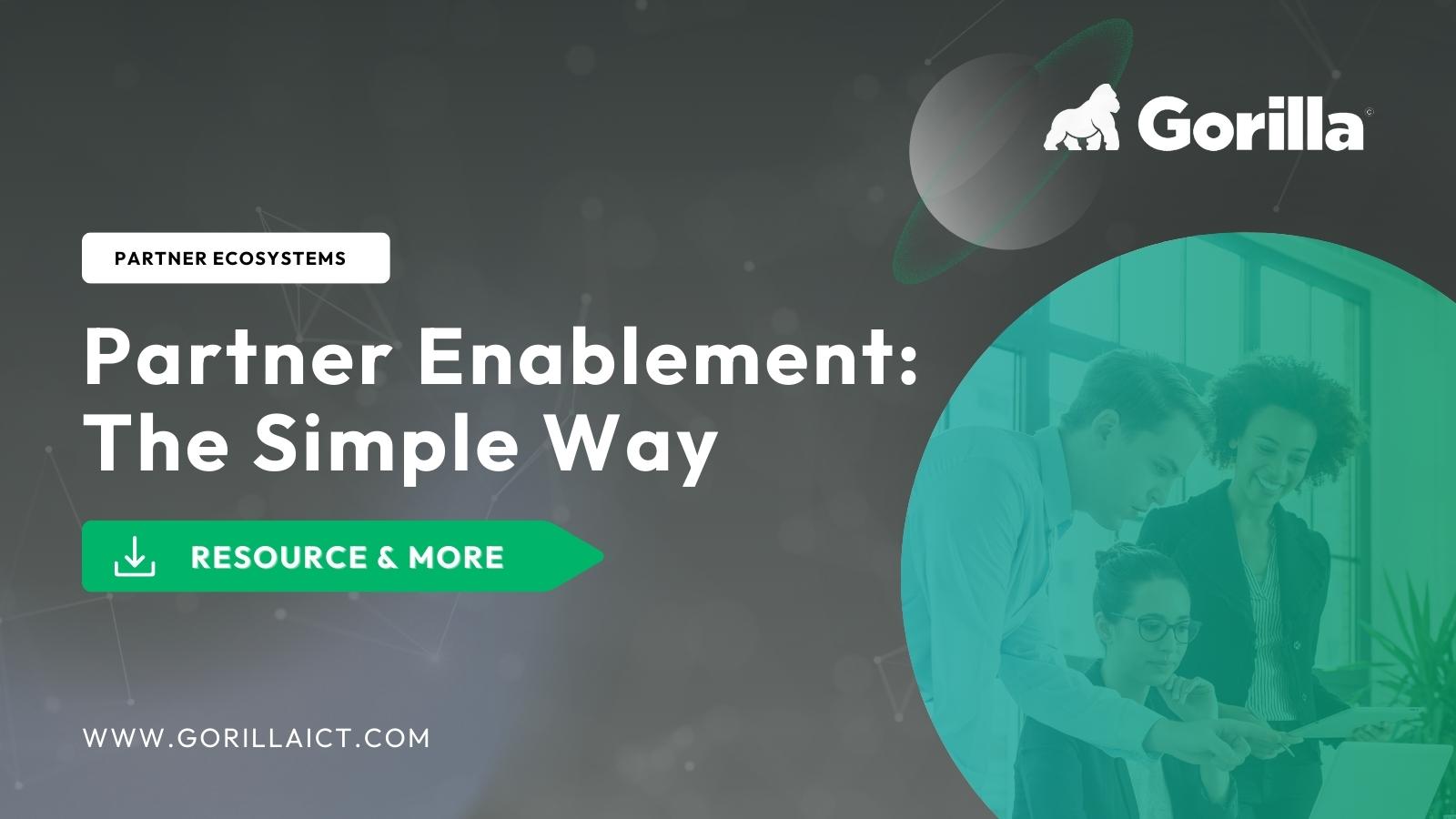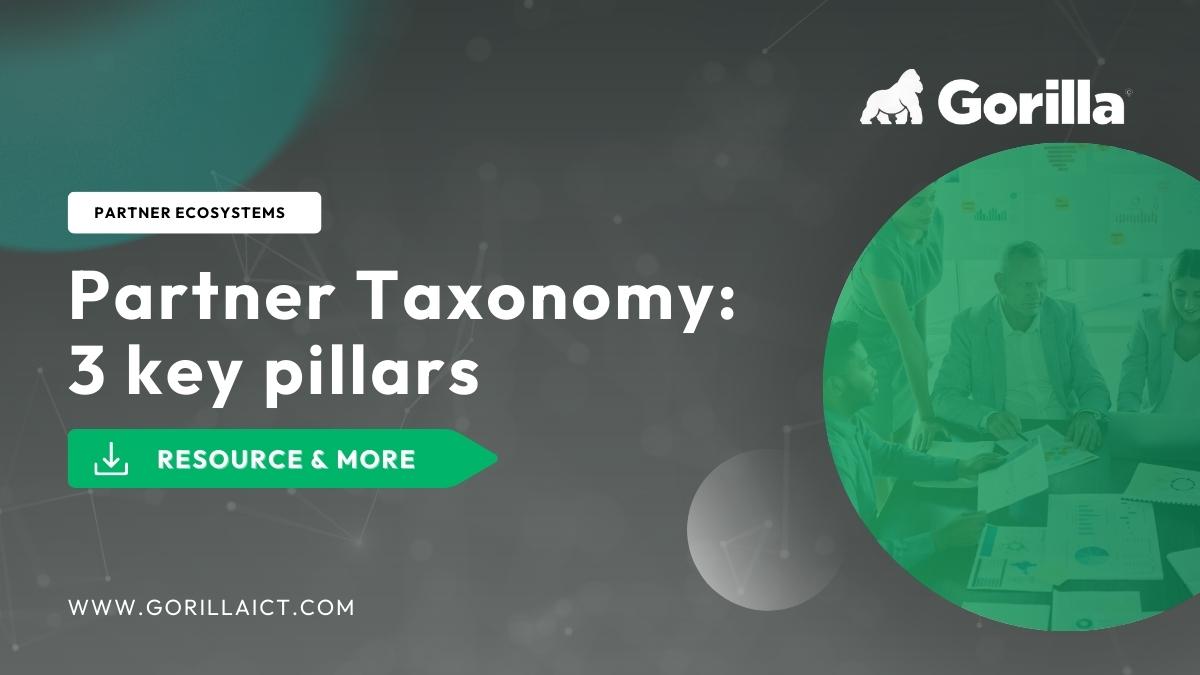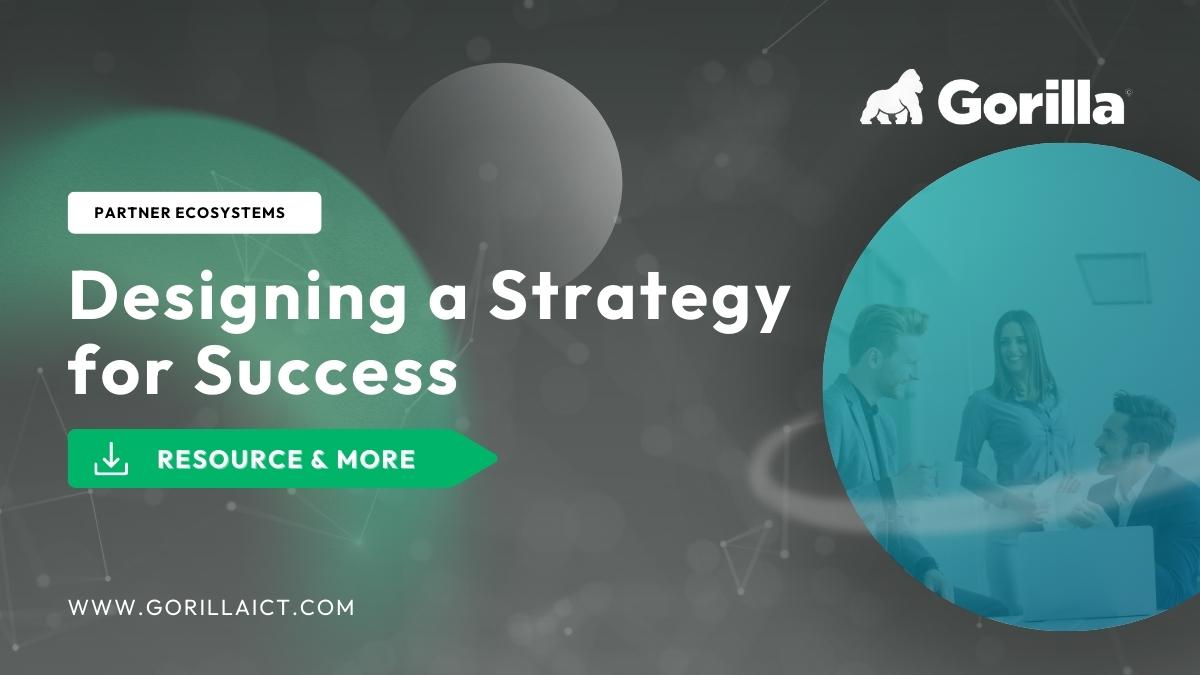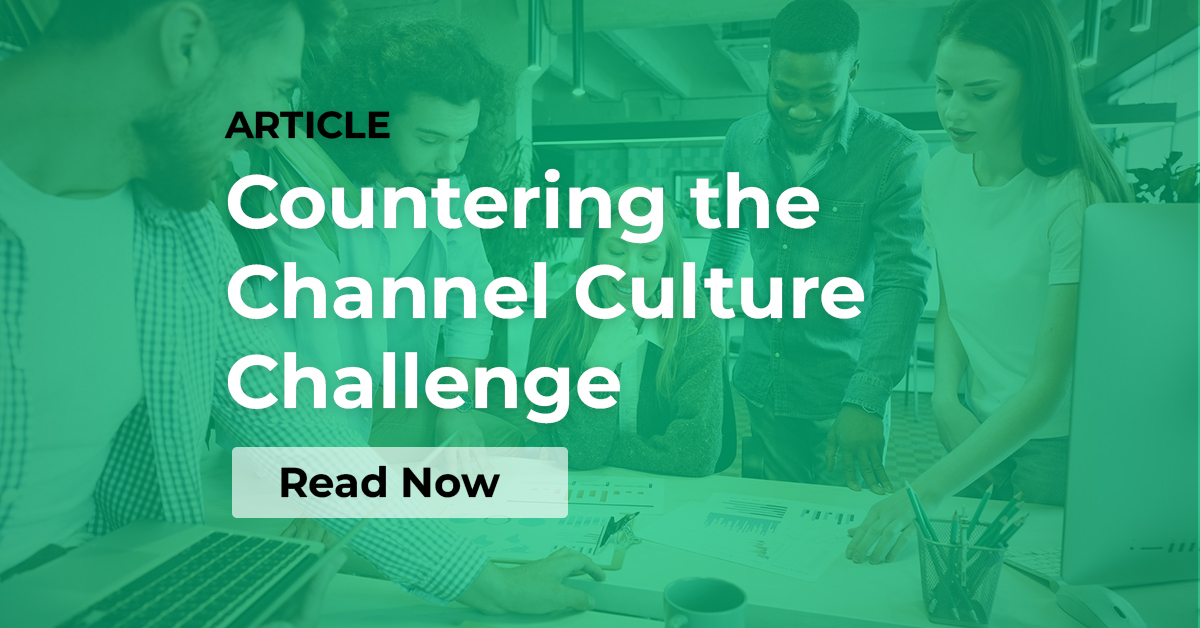18
Mar 2022
Partner Enablement Planning, Get Started
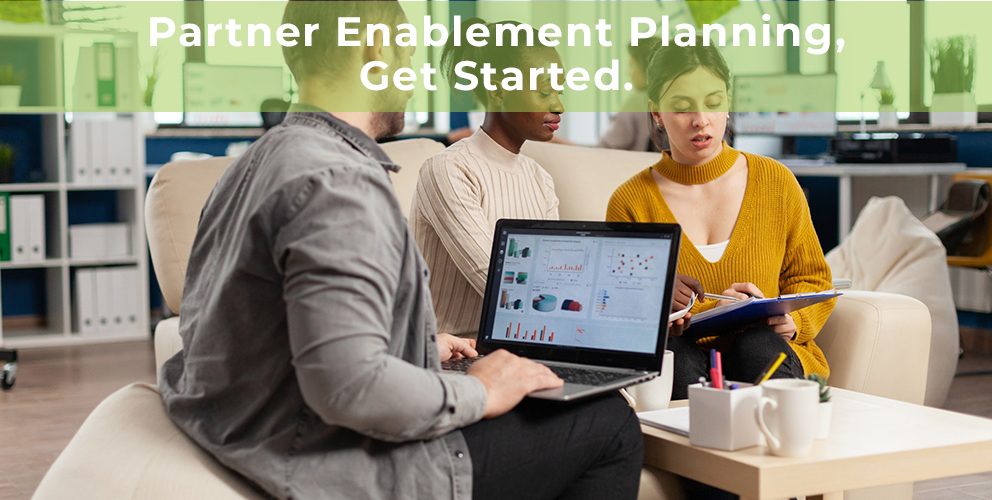
We have over 20 years experience helping vendors in the channel space and know our way around the partner process like few others, to help you capture a bit of the Gorilla Power for your partnership endeavours we’ve put together an article about how to plan your route to great partner enablement, the steps to take and supporting materials to make.
Every day we see what can be achieved with a powerful partner program, how it can truly make a difference to vendors reach and success, but there are sticking points where plenty of vendors miss the mark and therefore miss out on real productivity. Lots of those issues can be avoided with careful and admittedly time consuming pre-planning and partner support for their activities, having a properly built and executed partner enablement plan.
With all that said here’s what you need to know about partner enablement plan in the 2020’s.
What Is Partner Enablement?
In short, partner enablement is the practice of vendors supporting their partners with the proper content, training, technologies and information to execute their sales process and sell the vendors service as easily, and well, as possible.
Essentially partner enablement can really be seen as the methodology of your partner program, the route from recruiting a group of partners, to making sales through them; everything in between will either be, or involve, partner enablement.
What Is an Enablement Plan?
An enablement plan creates a structure for how you will share the relevant tools, techniques, and information with your partners. Despite the short list of criteria we’re going to be giving you in just a moment it’s important to remember, your channel enablement ideal should not be thought of in a granular fashion but more as a whole way of working. Providing a training session is good, but the plan should be able to loosely provide some context for how long each session should be, the order they’re done in and the timeframe they should be completed by, cover as much as makes sense to structure the entire programs’ way of working and suggest flexibility where it exists to help accommodate every level of partner.
What to Include in an Enablement Plan?
You should look closely at the needs of your partners, the way your program is structured, and what works best for your business when considering your enablement plan. The final product should include anything you think is relevant for partners to sell your services. We’ve highlighted just a few of the key things below to get you started.
- In depth Training
Training will help increase the skill of your partners, helping them become more productive and expanding. You can provide training in several different ways including sessions during office hours where partners can ask technical questions, or a more formal training session like webinars, certifications, or traditional seminars. If you do provide online training, be in depth but break it up into small segments to maintain engagement. Another way to provide training is to try gamification. If you’ve ever had to do online or technical certification training, you know that it can be boring. Turning training into a game with a ladder of certifications can make training more appealing. - A Playbook for every Solution or Industry
A solutions playbook is a guide that shares the best practices of selling your service with your partners. It covers a variety of situations and problems a partner might experience and then shows the best solution. Playbooks take the learnings you have from selling your services and formalize them to empower your partners. They help make sales scalable, consistent, and repeatable by outlining the relevant ‘plays’ partners should take to close deals. It’s essential to have a guide like this to standardize how your brand is being represented, and evolve your partners approach. Your playbook should help even out the branding wrinkles in partners knowledge, giving each partner clear guidelines about how they can and should represent you within their given segment or region, for each service you offer. - 1 on 1 Coaching
Coaching helps partners become comfortable implementing best practices. It’s during coaching that you can catch problems before they happen and ensure that every partner is equipped with the skills they need to succeed. For best results, coaching should be spread out in multiple segments in your enablement plan, covering each of the solutions you offer as well as common sales scenarios with your customers. It can be a great way to take a break and do something different between sessions and gauge how much partners have learned from previous modules. With multiple coaching sessions, it’s entirely possible to track growth and partner improvement over time, this allows for better resource allocation, and better understanding return on investment from the more holistic side of partner enablement. - Provide a customizable pitch-deck
A pitch deck is a pre-made sales presentation your partners can use to supplement, or in many cases just help make, their sales. It provides information that can help engage the customer through storytelling, media, graphics, and interactive content. To be used to maximum effect the partner should be walked through a standard pitch using the deck by a member of your sales team and coached appropriately on how to work with it. Your enablement plan should give the partners time to learn not only what’s in the pitch deck but also how to use it. - Provide case studies
Case studies are an invaluable marketing and sales tool that can help promote They provide information about how a product or service is used in the real world, by real customers. Case studies prove service value, showing why the product is worth having and how the customer could use it. When a potential customer sees evidence of how someone in their position has already benefitted from your product or service, it provides them with an immediate direct value, which is essential for furthering conversions and eventual sales. - Utilise Onboarding Tools
User onboarding in brief, involves introducing a new customer to your company’s product or service. The goal of customer onboarding is to make their experience as smooth as possible. Your partners will likely have a wide series of tools dedicated to customer onboarding but these can be supplemented by you in the form of CRm and service applications. The partner should understand how to effectively use each of them, and when they should be used to achieve KPIs. Customer onboarding isn’t one-size-fits-all, so it’s important for your partners to understand the different needs of your customers and how to assist each one in their customer journey. - Anything you’ve already learned
This point can be used to tailor every previous step, given you’re working with lots of different partners with wildly disparate needs taking on board what you have, and will, learn about your ecosystem is vital. Talking to your partners will help you create better services and products, while also finding out how you can help them succeed. Do they need training videos? Would they benefit from incentives or award programs to up sales? Use your greatest resource to build a better program.
And thats pretty much the short list to get you started building out and enacting your partner enablement plan

